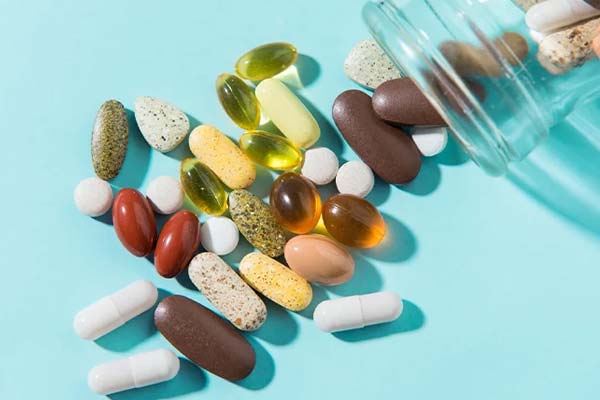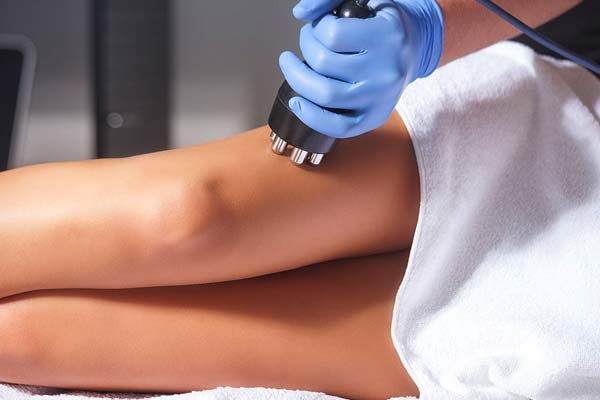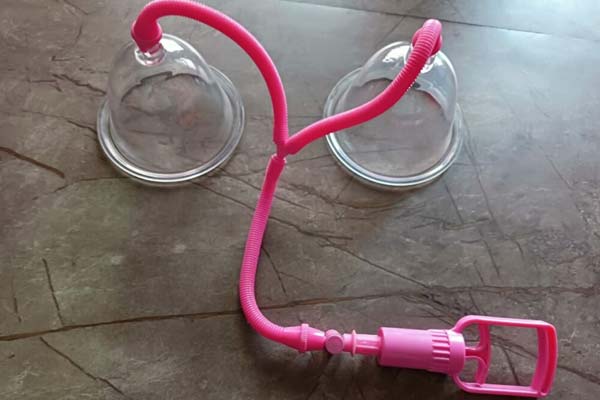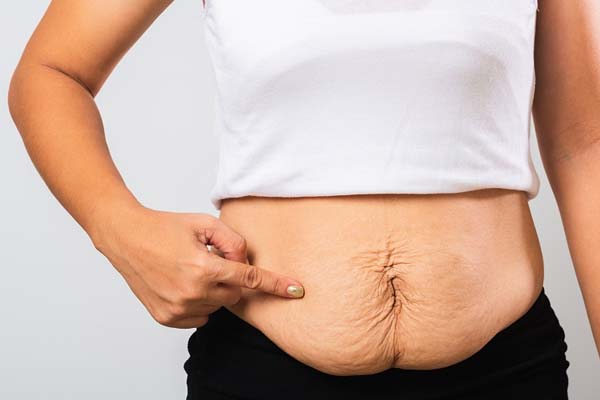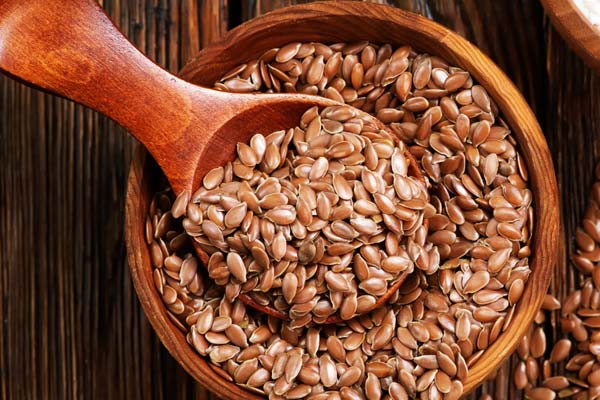فيتامينات لتكبير الثدي: اجذبي الأنظار بثدي أكبر وأكثر إثارة مع الفيتامينات السحرية!
تعد الثدي من المعالم الأنثوية الأساسية التي تساهم في شكل الجسم الجمالي وتعزز الثقة بالنفس لدى النساء. ومن المعروف أن هناك العديد من الطرق لتكبير الثدي، ومن بينها تناول الفيتامينات المختلفة. ولكن هل هذه الفيتامينات فعالة حقًا في زيادة حجم الثدي؟
تعد فيتامينات A وC وD وE والزنك وحمض الفوليك من بين الفيتامينات الأساسية التي يمكن أن تساعد في زيادة حجم الثدي بشكل طبيعي ودون الحاجة إلى عمليات جراحية. ومن المهم الإشارة إلى أن تناول هذه الفيتامينات لا يعد بديلاً للعناية الشاملة بالثدي، ويجب على النساء الحرص على الاهتمام بصحة ثديهن من خلال الفحوصات الدورية والاستشارة الطبية المنتظمة.
على الرغم من أن هناك العديد من الفيتامينات التي يمكن أن تساعد في زيادة حجم الثدي، إلا أنه من المهم الحرص على اختيار الفيتامينات المناسبة وفقًا للحالة الصحية العامة للشخص، وتجنب تناول الجرعات الزائدة التي يمكن أن تؤدي إلى مشاكل صحية أخرى.
الأهمية الغذائية لتكبير الثدي
تلعب التغذية دورًا هامًا في تكبير الثدي وتعزيز نموه. يحتوي الثدي على العديد من الخلايا الحية التي تحتاج إلى العناصر الغذائية اللازمة للنمو والتطور. وبالتالي، يجب تناول الأطعمة المناسبة والمغذية لتحفيز نمو الثدي.
تحتوي الأطعمة التي تحتوي على البروتين والفيتامينات والمعادن على العناصر الغذائية اللازمة لتحفيز نمو الثدي. يحتوي البروتين على الأحماض الأمينية الأساسية التي تحتاجها الخلايا الحية في الثدي للنمو والتطور. بالإضافة إلى ذلك، تعزز فيتامينات مثل فيتامين A وفيتامين C وفيتامين E وفيتامين D النمو الصحيح للثدي.
هناك بعض العناصر الغذائية الأساسية التي يجب تناولها لتحفيز نمو الثدي بشكل صحيح. تشمل هذه العناصر الغذائية:
- البروتين: يمكن العثور على البروتين في اللحوم والدواجن والأسماك والفول والبقوليات والمكسرات والحبوب الكاملة.
- الفيتامينات: يمكن العثور على الفيتامينات في الفواكه والخضروات والحبوب الكاملة والأطعمة الغنية بالدهون مثل الأسماك والمكسرات.
- المعادن: يمكن العثور على المعادن في اللحوم والدواجن والأسماك والأطعمة الغنية بالحديد مثل السبانخ واللحوم الحمراء.
يجب تناول الأطعمة الغنية بالعناصر الغذائية اللازمة لتحفيز نمو الثدي بشكل صحيح. ومع ذلك، ينبغي الحرص على عدم تناول أي مكملات غذائية أو فيتامينات لتكبير الثدي دون استشارة الطبيب المعالج.
فيتامينات لتكبير الثدي
تعد فيتامينات تكبير الثدي من الخيارات التي يمكن للنساء اللجوء إليها لزيادة حجم الثدي دون الحاجة إلى إجراء جراحة تجميلية. ومن بين الفيتامينات التي يمكن أن تساعد في تكبير الثدي:
فيتامين E
يعتبر فيتامين E من الفيتامينات الأساسية للجسم ويساعد في الحفاظ على صحة الجلد وتجديد الخلايا. كما يمكن أن يساعد في تحفيز نمو الخلايا في الثدي وبالتالي زيادة حجمه. ويمكن الحصول على فيتامين E من الأطعمة مثل الأفوكادو والبذور والمكسرات.
فيتامين C
يعد فيتامين C من الفيتامينات الأساسية التي تحتاجها الجسم، ويساعد في تحفيز إنتاج الكولاجين في الجلد والأنسجة الضامة والعضلات. ويمكن أن يساعد فيتامين C في تحفيز نمو الخلايا في الثدي وبالتالي زيادة حجمه. ويمكن الحصول على فيتامين C من الأطعمة مثل الفواكه الحمضية والخضروات الورقية الخضراء.
فيتامين A
يعتبر فيتامين A من الفيتامينات الأساسية لصحة الجلد والأنسجة، ويساعد في تحفيز نمو الخلايا في الثدي وبالتالي زيادة حجمه. ويمكن الحصول على فيتامين A من الأطعمة مثل الجزر واليقطين والبطاطس الحلوة.
يجب على النساء الذين يرغبون في زيادة حجم الثدي باستخدام الفيتامينات أن يتحدثوا مع طبيبهم قبل تناول أي نوع من الفيتامينات، حيث قد يكون لبعض الفيتامينات تأثيرات جانبية على الجسم.
الطرق الأخرى لتكبير الثدي
التمارين الرياضية لتقوية عضلات الصدر
تعتبر التمارين الرياضية من الطرق الفعالة لتكبير الثدي، حيث تساعد على تقوية عضلات الصدر وزيادة حجمها. ومن بين التمارين الرياضية التي تساعد على تكبير الثدي: تمارين الضغط على الحائط، وتمارين الضغط على الأرض، وتمارين رفع الأثقال.
الاستعانة بزيوت طبيعية لتدليك الثدي
تعتبر الزيوت الطبيعية من الطرق الفعالة لتكبير الثدي، حيث تساعد على تحفيز الدورة الدموية وتحسين نمو الأنسجة الدهنية في الثدي. ومن بين الزيوت الطبيعية التي يمكن استخدامها: زيت الزيتون، وزيت اللوز، وزيت الجوجوبا.
تقنيات التدليك الخاصة بتكبير الثدي
تعتبر تقنيات التدليك من الطرق الفعالة لتكبير الثدي، حيث تساعد على تحفيز الدورة الدموية وتحسين نمو الأنسجة الدهنية في الثدي. ومن بين تقنيات التدليك التي يمكن استخدامها: تدليك الثدي بالحركات الدائرية، وتدليك الثدي بالضغط المتوسط، وتدليك الثدي بالضغط الخفيف.
يمكن استخدام هذه الطرق الأخرى بجانب تناول الفيتامينات المناسبة لتكبير الثدي، ولكن يجب الانتباه إلى عدم الاعتماد عليها بشكل كامل والتأكد من استشارة الطبيب المختص قبل استخدامها.
نصائح إضافية لتكبير الثدي
بالإضافة إلى تناول الفيتامينات المناسبة، هناك بعض النصائح الإضافية التي يمكن اتباعها لتكبير الثدي بشكل طبيعي. وفيما يلي بعض النصائح الهامة:
- الحفاظ على الوزن الصحي: الوزن الزائد يمكن أن يؤثر على حجم الثدي، لذلك من المهم الحفاظ على وزن صحي ومناسب للجسم.
- ارتداء الحمالات الصحيحة: ارتداء الحمالات الصحيحة يمكن أن يساعد على دعم الثدي وتحسين مظهره.
- الامتناع عن التدخين: التدخين يمكن أن يؤثر على صحة الثدي ويؤدي إلى ترهله، لذلك من المهم الامتناع عن التدخين.
- الحد من تناول الكحول: تناول الكحول يمكن أن يؤثر على مستويات الهرمونات في الجسم ويؤدي إلى ترهل الثدي.
- تجنب المشروبات الغازية السكرية: تناول المشروبات الغازية السكرية يمكن أن يؤدي إلى زيادة الوزن وترهل الثدي.
بالإضافة إلى ذلك، يمكن ممارسة بعض التمارين الرياضية المخصصة لتقوية عضلات الصدر، مثل تمارين الضغط وتمارين رفع الأثقال. ويمكن أيضًا استخدام بعض الزيوت الطبيعية المحفزة لتكبير الثدي، مثل زيت اللوز وزيت الزيتون وزيت جنين القمح.
من المهم الاستمرار في تناول الفيتامينات المناسبة واتباع النصائح الإضافية المذكورة أعلاه لتحسين مظهر الثدي وتكبيره بشكل طبيعي.
خاتمة
بالرغم من وجود الكثير من الإعلانات والمنتجات التي تدعي تكبير الثدي، إلا أن الطرق الصحية والموثوقة لتكبير حجم الثدي تتطلب الالتزام بنمط حياة صحي وتناول فيتامينات معينة.
يوصي الأطباء بتناول فيتامينات مثل فيتامين D و E و A و C والزنك وحمض الفوليك لتحسين صحة الثدي وزيادة حجمه. ومن الأطعمة التي يمكن تناولها لتكبير الثدي: التونا، البيض، الفاصوليا، التوت، الفراولة، الأفوكادو، المحار، السمسم، السلمون، العدس، البابايا، السمك، الليمون، البرتقال، الطماطم، الكرز، الصنوبر، البقدونس، اليقطين، الفول السوداني، الهليون، البطاطا الحلوة، الشمام، الكيوي، البندق، حبوب الصويا.
يجب أن تشجع تمارين لتكبير الثدي العضلات الموجودة في هذه المنطقة، ويمكن تنفيذها بشكل يومي. ومن الأدوية التي يمكن استخدامها لتكبير الثدي، يوجد بريست اكتيفيز والتي تحتوي على مكونات طبيعية، ويجب استشارة الطبيب قبل تناول أي حبوب تكبير الثدي.
يجب الالتزام بنمط حياة صحي وتناول الفيتامينات الموصى بها من الأطباء، وتنفيذ تمارين تكبير الثدي، وتجنب تناول الأطعمة المصنعة والدهون المشبعة واللحوم الحمراء، والإقلاع عن التدخين وتناول الكحول، حيث أن ذلك يساعد على الحفاظ على صحة الثدي وتكبير حجمه بشكل طبيعي.
